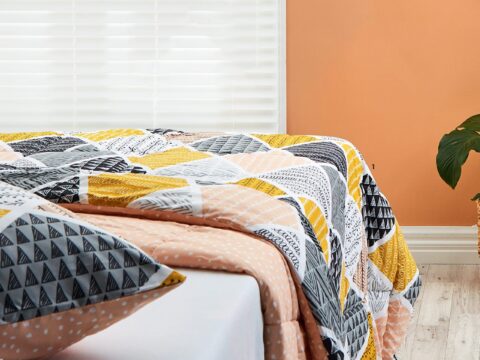These handy tips will help you grow a bee-friendly garden.
- Bees need to be able to access the pollen and nectar in a flower, so choose plants with single open flowers that have an exposed centre.
- Provide a smorgasbord of food for them that flowers throughout the year, but particularly during autumn, winter and early spring when there is less food to be found.
- Bees like to forage from one type of plant at a time, so provide them with a good supply of each species.
- Avoid highly bred flowers, like bedding plants, which provide little food.
- Bees need water, so place watering spots around your garden. Add pebbles so they have something to stand on while they drink.
The following plants are good sources of nectar and/or pollen:
- Herbs: Borage, marjoram, basil, thyme, lavender, rosemary, echinacea, sage.
- Flowers: Sunflowers, foxgloves, agastache, dandelions, penstemons, phacelia, alyssum, zinnias, salvias, nasturtium, cleome, wildflower bee mixes.
- Fruit: Apples, peaches, kiwifruit, cherries, passionfruit, berries, citrus.
- Vegetables: Cucumbers, melons, pumpkins, alliums including spring onions and garlic.
- Natives: Cabbage trees, kānuka, mānuka, harakeke, pōhutukawa, kōwhai, five finger, koromiko, rengarenga.
- Exotic trees and shrubs: Bottle brush, weeping willows, blue gum, tree lucerne, eucalyptus, abelia (for hedging), camellias, Echium fastuosum.








